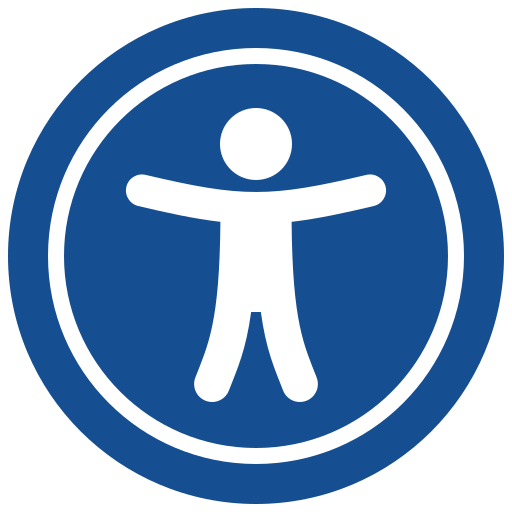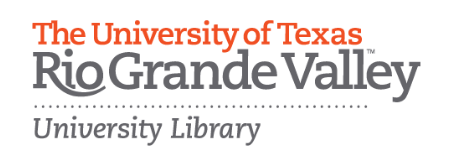An Overview of Accessibility

As instructors, we have legal and ethical obligations to ensure that our courses are fully accessible to all learners, including those with disabilities. We use digital resources in our courses because we believe they enhance learning. However, unless carefully chosen with accessibility in mind, these resources can have the opposite effect for students with disabilities, erecting daunting barriers that make learning difficult or impossible. For example, consider the accessibility challenges students described below might face.
- Students who are deaf or hard of hearing are unable to access the contents of a video presentation unless it’s captioned.
- Students who are blind or visually impaired use assistive technologies such as audible screen reader software or Braille devices to access the content of websites, online documents, and other digital resources. They depend on authors providing alternate text that describes the content of images as well as headings, subheadings, lists, and other markup that helps them understand the structure and outline of the resource.
- Some students who have learning disabilities such as dyslexia use assistive technologies that visibly highlight digital text as it’s read aloud, and are therefore dependent on text being readable (as opposed to a scanned image).
- Students who are physically unable to use a mouse are unable to use interactive web and software applications unless these applications can be operated with a keyboard.
- Students who are color blind may be unable to understand content that communicates information solely using color (for example, a bar chart with color as the sole means of differentiating between the bars).
The Web Content Accessibility Guidelines (WCAG), 2.2, developed by the World Wide Web Consortium, provide an international standard that defines accessibility of web-based resources. The principles of WCAG 2.2 are applicable to other digital assets as well, including software, video, and digital documents. When WCAG guidelines are followed they improve usability for everyone. Each version has built upon the next to expand the efficacy of these guidelines:
- WCAG 1.0 focused heavily on the techniques for accomplishing accessibility, especially as related to HTML.
- Subsequent versions of WCAG focused more heavily on the principles of accessibility, making them more flexible, encouraging developers to think through the process of accessibility conceptually.
- WCAG 2.0 was based on four main guiding principles of accessibility known by the acronym POUR: perceivable, operable, understandable, and robust.
- WCAG 2.2, the current iteration, was initiated with the goal to continue the work of WCAG 2.1: Improving accessibility guidance for three major groups: users with cognitive or learning disabilities, users with low vision, and users with disabilities on mobile devices.
The DO-IT (Disabilities, Opportunities, Internetworking, and Technology) at the University of Washington has a wealth of resources available to instructors on universal design in the classroom and in digital resources. Their Accessibility Checklist can help anyone creating or choosing digital resources to understand the accessibility requirements related to the features and functions of those resources.
The rest of this unit provides tips for ensuring that the resources you’re choosing for your course are accessible to all learners.

